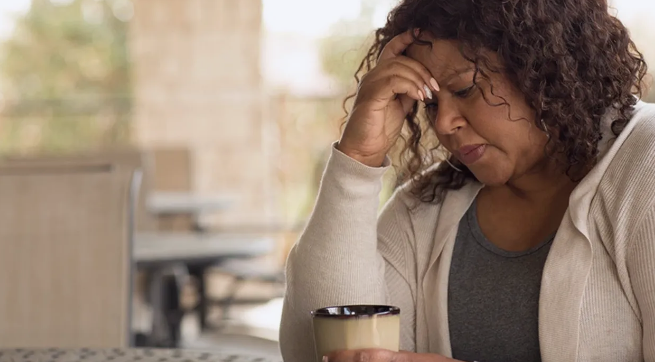A 2022 study indicates that women tend to experience burnout more often than their male peers. The Exhaustion Gap was first coined from an online study based in the UK and US. Developed by the creative agency Berlin Cameron in partnership with Kantar, Luminary and Fair Play author Eve Rodsky, the study captured over 1,000 respondents sourced from the Kantar Profiles Audience Network.
But what exactly is the Exhaustion Gap? Analyzing the respondents’ results revealed the imbalances between men and women’s everyday burdens and the impact it serves on creativity, drive, wellbeing and relationships. In addition, the research explored the disparity between the additional roles and responsibilities traditionally placed on women when compared to men and how the differences negatively impact women’s abilities for personal and career success.
Burnout can be described as our personal response to chronic emotional and interpersonal stress. The typical signs of burnout in employees display as overwhelming feelings of exhaustion and detachment from their job; in addition to a sense of ineffectiveness and lack of accomplishment. According to the Exhaustion Gap research, women in the workplace are less likely than men to be promoted to management positions, where women then face underutilization and boredom in their job. Berlin Cameron’s research has theorized that underutilization translates as a stressor leading to burnout.
Working moms are at an even greater risk for burnout than working dads. The gender gap between the division of labor at home tends to place women with the expectation of upholding household responsibilities. Furthermore, research indicates that women focus more on the emotional health and wellbeing of their coworkers, family and friends, which increases their own levels of stress and burnout. Maintaining an awareness of our stress levels and responsibilities that may lead to burnout is key in preventing states of emotional and interpersonal distress.

